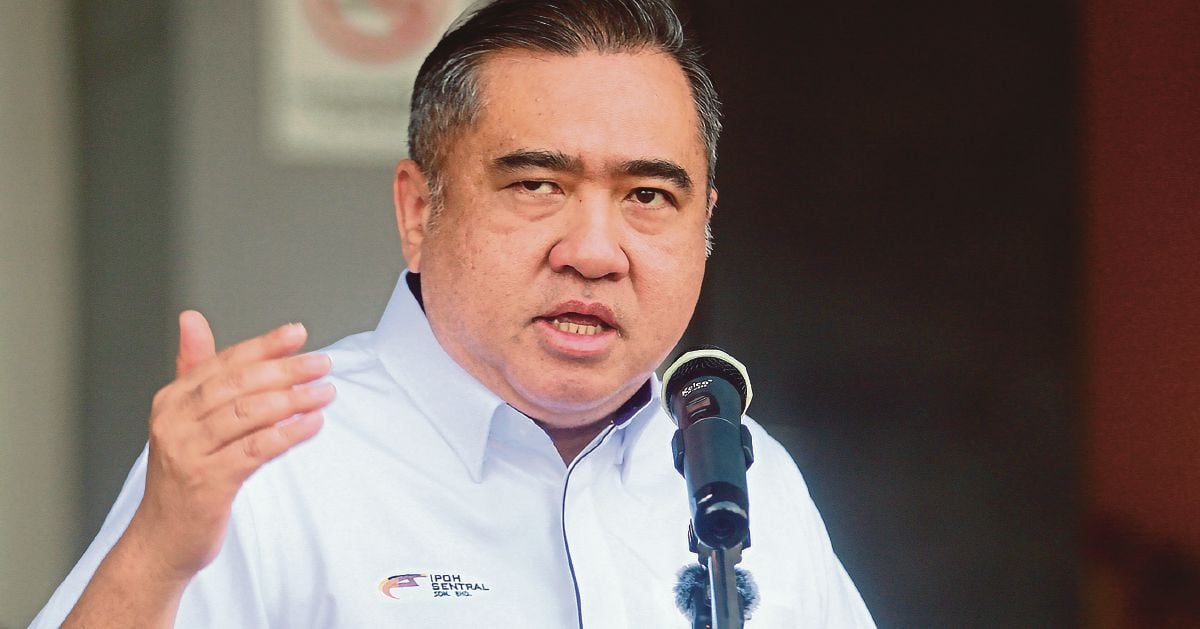KUALA LUMPUR: Malaysia is ramping up efforts to strengthen its air cargo sector, according to Transport Minister Anthony Loke.
This is by positioning Kuala Lumpur International Airport (KLIA), Penang International Airport, Kota Kinabalu International Airport and Senai International Airport as regional cargo hubs.
Loke said the move follows steady growth in air freight volumes, with Malaysian airports handling 272,939 tonnes of cargo in the second quarter of 2025.
This was 4.4 per cent increase year-on-year from 261,385 tonnes in the same quarter of 2024.
“From the 272,939 tonnes of cargo handled this year, 74.3 per cent comprised international cargo, 22.3 per cent domestic and 3.4 per cent transit shipments,” Loke said in a statement after chairing the National Aviation Consultative Council (NACC) 2025 meeting here today.
The meeting gathered 95 representatives from federal agencies, airport operators, airlines, ground handlers and other stakeholders.
NACC aims to address current industry challenges, identify solutions and create a more conducive environment for efficiency and growth.
Loke said the government is also committed in supporting sustainability in aviation. Malaysia has aligned itself with the International Civil Aviation Organisation’s (ICAO) long-term aspirational goal of achieving net zero carbon emissions by 2050 for international flights.
The Transport Ministry is also supporting the Plantation and Commodities Ministry in the introduction of a sustainable aviation fuel (SAF) blending mandate.
Loke said more engagement with airlines and stakeholders will be necessary to ensure the policy strengthens Malaysia’s competitiveness in the global aviation sector.
“The decarbonisation of aviation requires a whole-of-nation approach, involving government, airlines, airport operators, air traffic service providers and industry players if Malaysia is to achieve its aspiration of becoming a regional sustainable aviation hub,” the minister said.
The NACC meeting also reached consensus on several follow-up measures.
These include a review of the Green Lane initiative to reduce customs congestion at Kuala Lumpur International Airport (KLIA) Terminal 1 and Terminal 2, as well as improvements in slot management by the National Slot Coordination Malaysia (NSCM).
Loke said a task force will be established to monitor the replacement of KLIA’s baggage handling system, with regular progress reports to the ministry.
Malaysia Airports Holdings Bhd (MAHB) will also provide updates to ensure airport development projects remain on track.
Another key initiative is the development of airside connectivity between KLIA’s two terminals, which will allow passengers and baggage to transfer seamlessly between Terminal 1 and Terminal 2.
Loke said NACC was also briefed on the full rationalisation of the Civil Aviation Authority of Malaysia (CAAM) and the Malaysian Aviation Commission (Mabcom), which came into effect on Aug 1.
With the change, all Mavcom functions, including economic regulation have been absorbed by CAAM, consolidating Malaysia’s aviation regulation under one body.
“Overall, NACC 2025 has successfully highlighted a wide range of views, ideas and valuable input from all stakeholders to drive programmes and initiatives that will spur economic growth and support the well-being of the people.”
“The NACC meetings will continue in the years ahead with the aim of strengthening the competitiveness and accessibility of the transport sector to make it more effective and efficient,” Loke said.
© New Straits Times Press (M) Bhd





